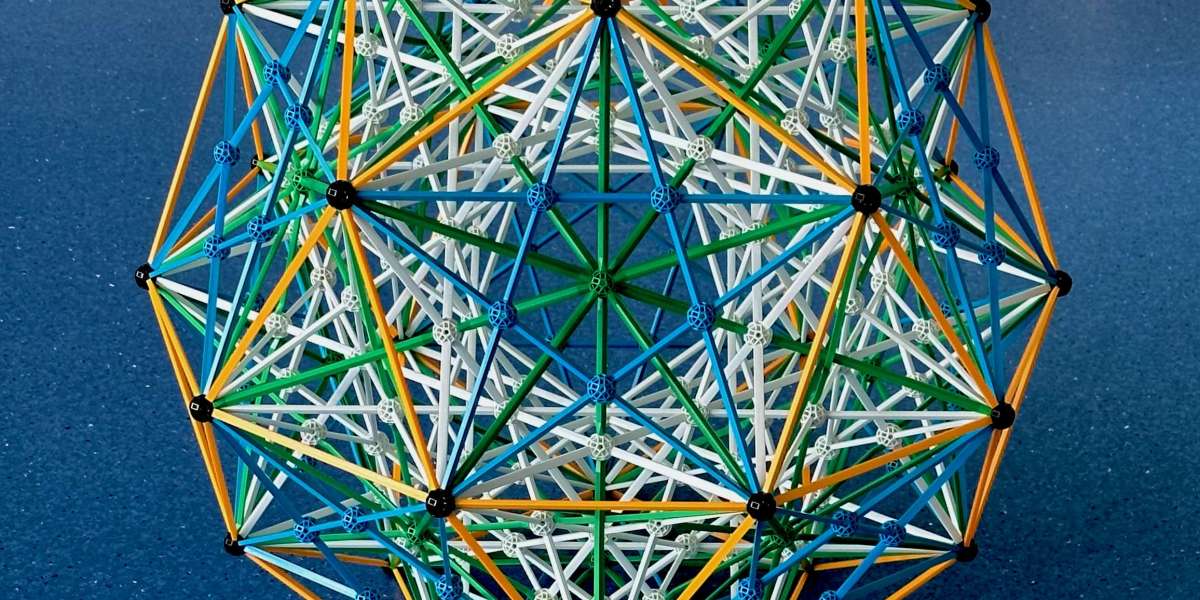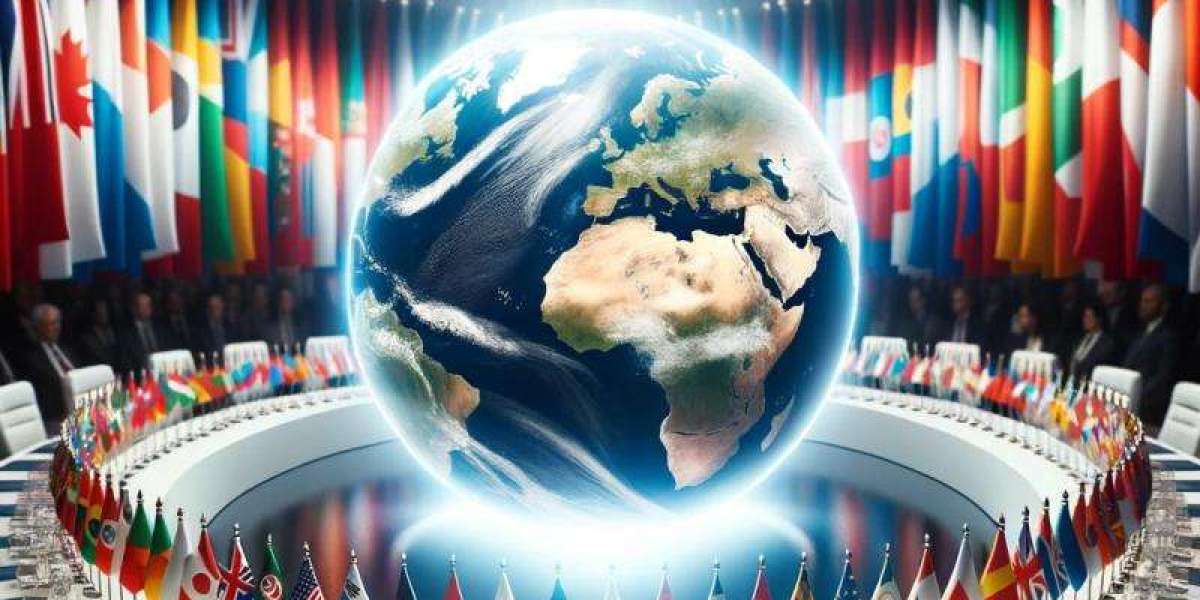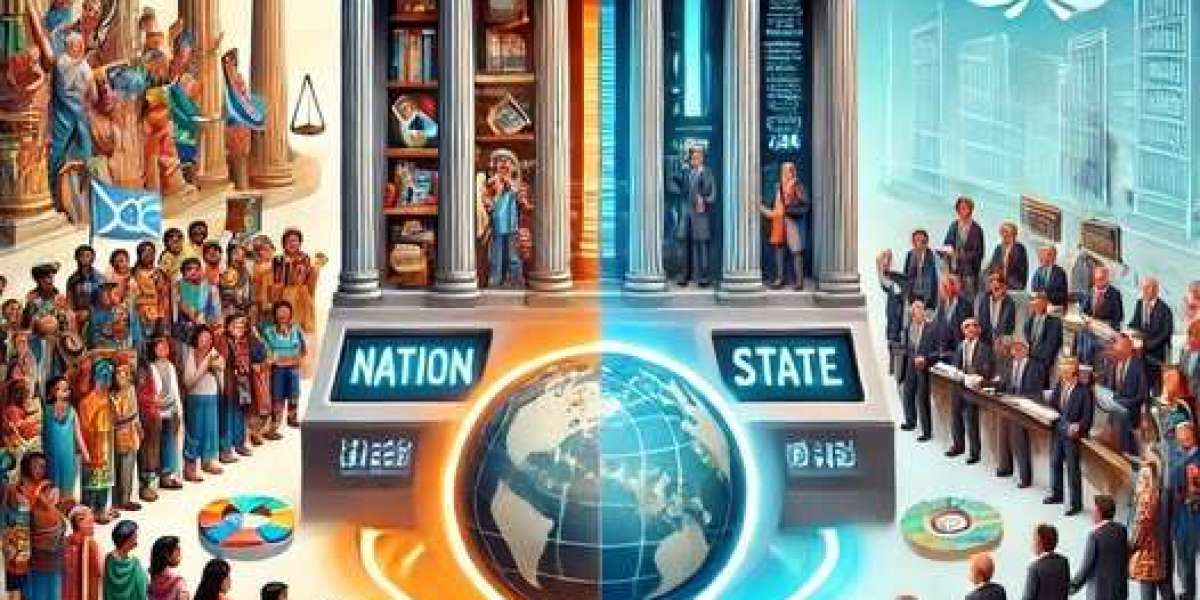Introduction :
A Concept Imprisoned by History.
The nation, as an object of scientific inquiry, arouses deep suspicion within the academic community. Historically instrumentalized by ideologies, confined within nationalist narratives or dismissed in the name of cosmopolitanism, it has become an intellectual taboo. And yet, to deny its importance is to ignore one of the most powerful engines of human history.
With the advent of the Natiometer and Natiometry, an epistemological revolution is underway: for the first time, the national phenomenon is being studied through a rigorously scientific lens, quantified in real time and modeled using tools from physics, cybernetics, and artificial intelligence. Yet this approach faces a wall of suspicion. Why such mistrust ? What theoretical and ideological obstacles hinder the recognition of the Natiometer ? And above all, how can we overcome this resistance to establish a true science of national dynamics ?
I. The Ideological Legacy : The Nation, a Distorted Concept.
Since the 19th century, the nation has been the battleground of ideological conflicts between expansionist nationalisms, independence movements, and supranational visions. Its political instrumentalization has fueled the idea that it is an artifact, a subjective construction, and not a measurable reality. The humanities, under the influence of postmodernism, have favored a critical approach that dissolved the concept into a sociological and historical framework, excluding any attempt at scientific formalization.
Yet refusing to study the nation as a measurable and dynamic system is to deny the obvious: the nation is a meta-system, a field of forces in which institutions, cultural narratives, economic flows, and collective imaginaries interact. The Natiometer makes it possible to objectify these dynamics and offer a rigorous reading of the state of a nation at any given moment.
I I. The Fear of Quantification : Reducing the Social to Algorithms ?
One of the main obstacles to accepting the Natiometer is the fear of a "mathematization of social life." Can phenomena as complex as national cohesion, collective identity, or the sense of belonging truly be modeled ? This reluctance stems from a misunderstanding of the ongoing scientific revolutions.
The physical world, once seen as chaotic and unpredictable, has been tamed by quantum physics and the theory of complex systems. Why shouldn't the humanities undergo the same paradigmatic leap ? Natiometry does not aim to freeze the social in equations, but to capture its regularities, identify cycles, bifurcations, and tipping points.
III. Fear of Political Instrumentalization : Science or Tool of Power ?
Another common objection to the Natiometer is the risk of biased use by governments or institutions. Could it not become an instrument of control, a tool of social engineering in the hands of technocratic elites? This concern is legitimate, but it must not lead to outright rejection.
Every scientific advance carries the potential for misuse. Electricity has illuminated the world as much as it has powered instruments of war. Artificial intelligence is revolutionizing medicine even as it raises ethical questions about surveillance. Should we, on account of such risks, abandon science altogether ? The answer lies in the transparency of models, open-source algorithms, and the establishment of ethical governance for the Natiometer, ensuring its use in the service of the common good.
IV. The Scientific Revolution We Need : A New Epistemology of Nations.
The history of science is full of cases where dogmatic blindness delayed major discoveries. Cybernetics, when first introduced, faced fierce criticism before being recognized as a turning point in the understanding of living and artificial systems. Natiometry is following a similar path.
It offers a new epistemology, blending mathematical modeling, systemic analysis, and cultural interpretation. By integrating principles from quantum physics (entanglement of national narratives, superposition of identities, historical attractors), it opens a new era for the human and social sciences—allowing them to overcome methodological contradictions and connect with the great scientific advances of the 21st century.
V. Toward the Integration of Natiometry in the Academic Landscape.
The challenge now is to break the scientific isolation of the Natiometer. This requires several strategic actions:
- Building bridges with established disciplines : Linking Natiometry to computational sociology, crowd psychology, and complexity science.
- Multiplying academic publications : Submitting articles to international journals to establish legitimacy.
- Fostering interdisciplinary collaborations : Involving researchers in artificial intelligence, applied mathematics, and political philosophy in model development.
- Organizing open conferences and debates : Moving beyond a defensive stance and asserting the project’s relevance in the face of criticism.
The fight for the recognition of the Natiometer will not be immediate, but it is essential. This is not about imposing a new ideology, but about equipping humanity with a novel tool to understand its own collective dynamics.
Conclusion :
The Hour of Scientific Truth.
Mistrust toward the Natiometer is understandable, but it must not become a pretext for intellectual stagnation. It is time to approach the question of nations with the same scientific rigor that we apply to biological systems or climate phenomena.
If we are to anticipate the crises of tomorrow, understand identity fractures, and prevent historical tipping points, we need an instrument capable of measuring the vibratory state of nations, identifying weaknesses, and opening new horizons.
Natiometry is a revolution in motion. Its acceptance is not a choice, but a necessity. History will judge those who embraced it as well as those who refused to see the obvious. The time of suspicion is over. Let science prevail.
This is how the future is written.
Amirouche LAMRANI and Ania BENADJAOUD
Associated Researchers at GISNT.









